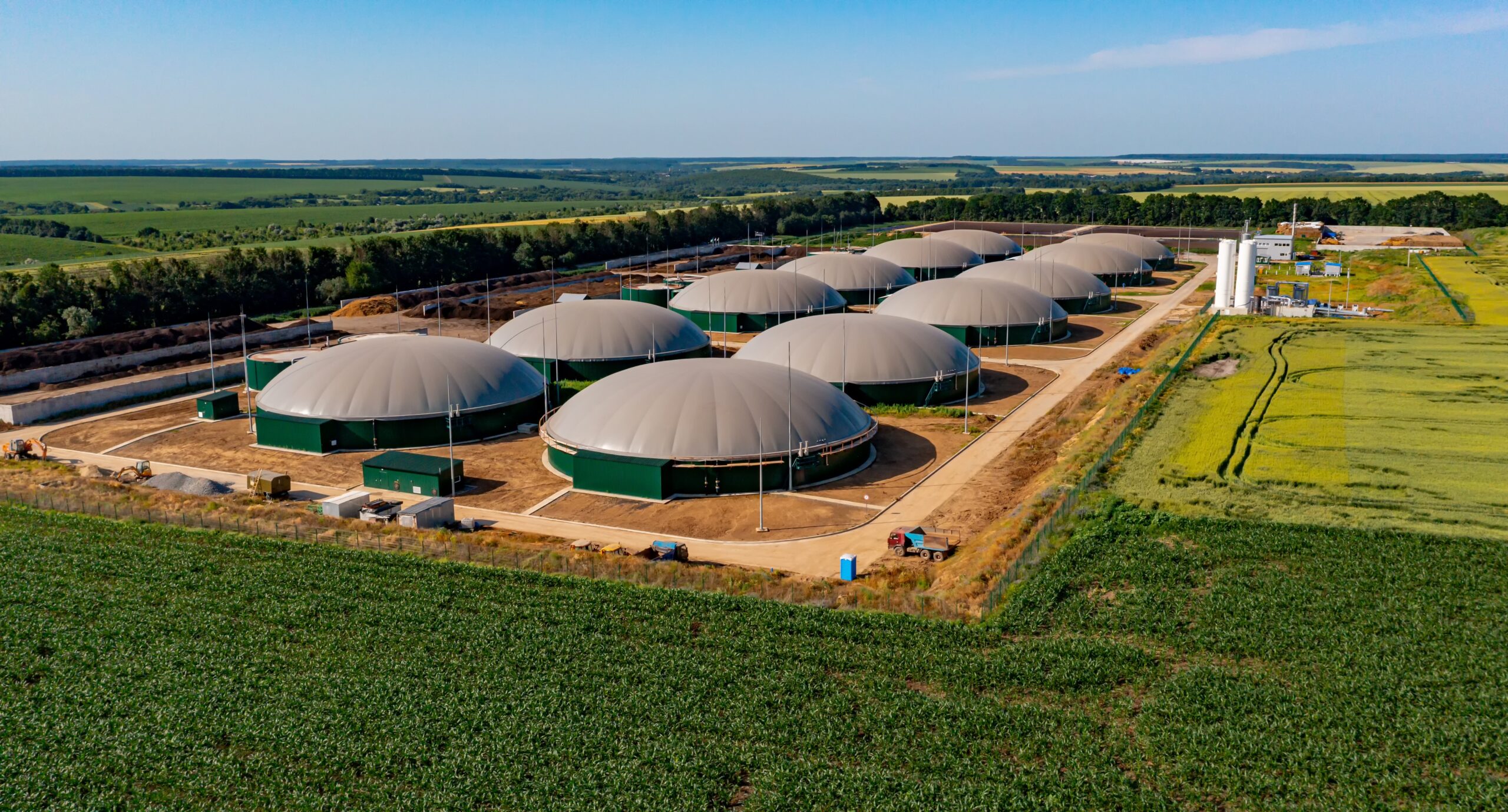The biofuel industry has experienced tremendous growth in recent years. Recently, Biofuels Digest reported a rising demand for alternative fuels. Now more than ever, the need for safe and efficient biofuel storage is on the rise.
As the production of alternative fuels becomes more widespread, facilities that handle, transport, and store these fuels will need to optimize their methods to ensure safety. Methanol, a key component of biofuel, can be extremely hazardous if not stored properly. When stored in tanks, methanol tends to form flammable vapors. Nitrogen is often used to prevent the formation of these vapors and ensure the safety of storage tanks. By introducing nitrogen into the extra space in methanol tanks, oxygen can be effectively eliminated. This process is known as atmosphere blanketing, or tank blanketing.
The process of tank blanketing using dry, inert gases like nitrogen can effectively reduce the risks of combustion, corrosion, and other hazardous effects. Oxygen plays a crucial role in combustion and oxidation, which can lead to corrosion. By removing the presence of oxygen, these problems are significantly less likely to happen.
While combustion is a significant safety concern, oxidation and corrosion can also have negative effects. Oxygen in biodiesel and methanol tanks can adversely affect fuel quality. By employing tank blanketing techniques, biofuel quality can be preserved. Get more details on Biofuel Storage Tank Purging with Nitrogen Gas.
South-Tek Systems can further assist a biofuel storage facility’s operations by installing a nitrogen generator that produces high-purity nitrogen from the surrounding air. Having an on-site nitrogen generator eliminates the need to purchase, store, and handle high-pressure nitrogen cylinders, providing a cost-effective alternative to stored nitrogen. With a nitrogen generator, facilities relying on N2 gas for essential operations benefit from an endless supply on demand while maintaining a safe, inert atmosphere for blanketing applications.
